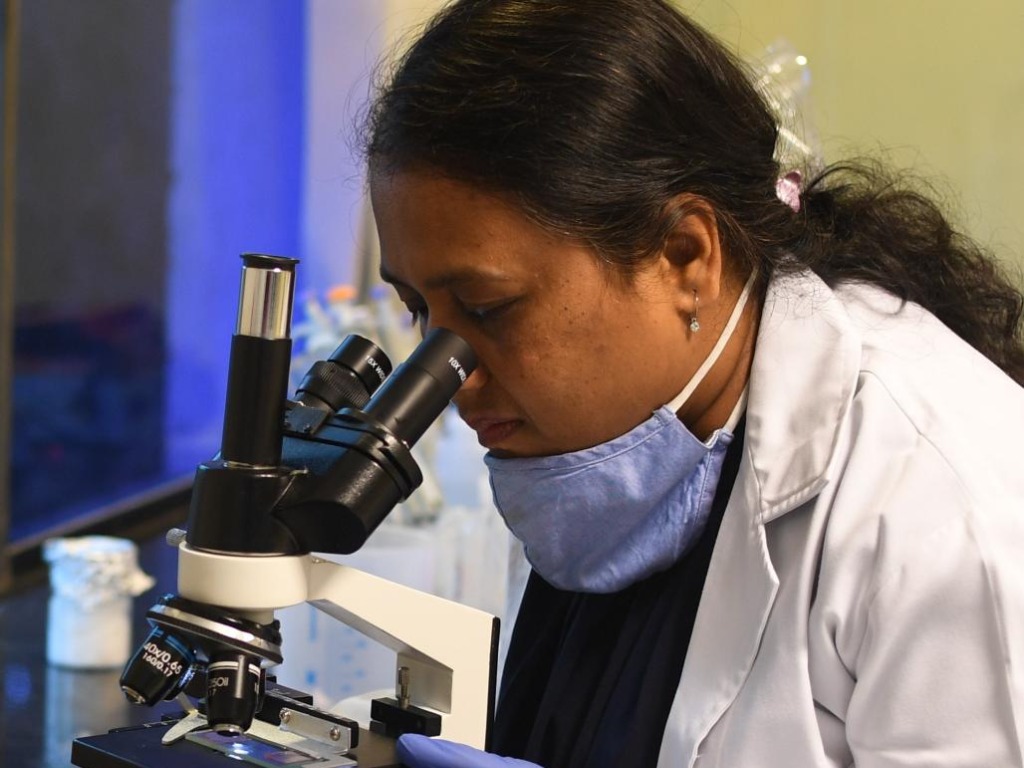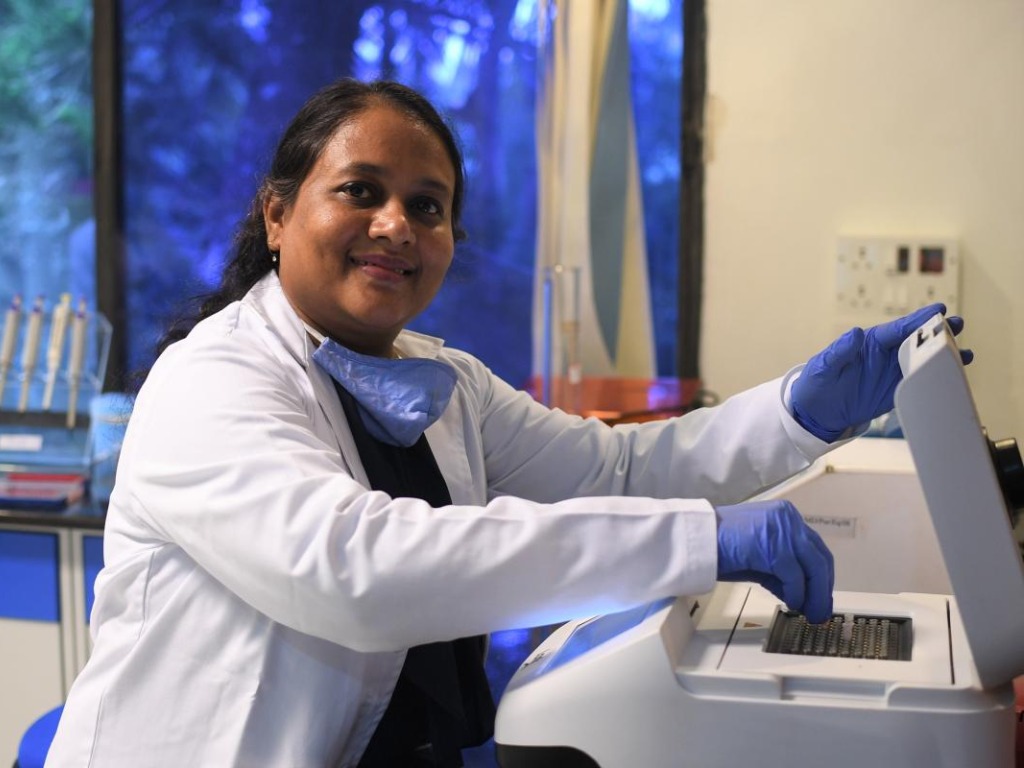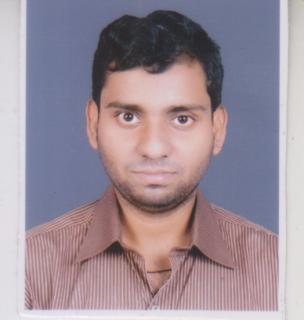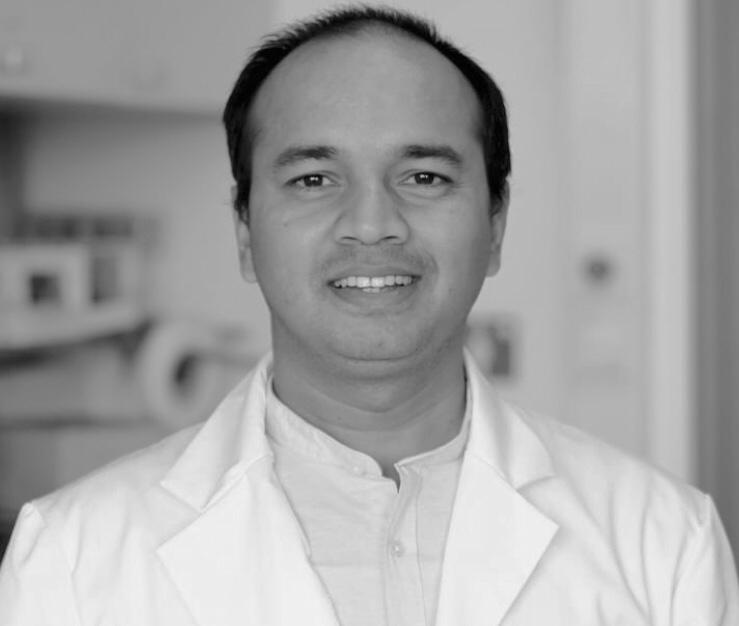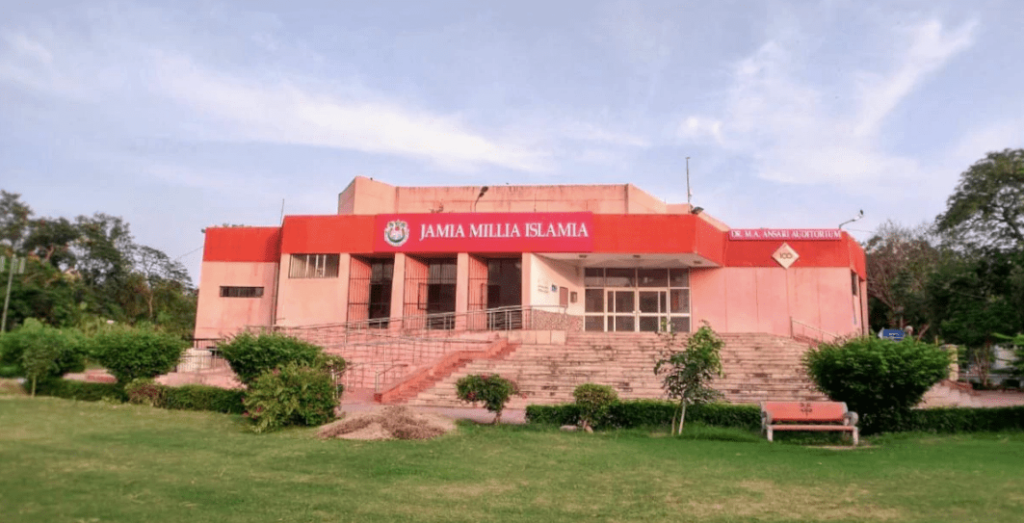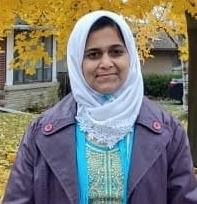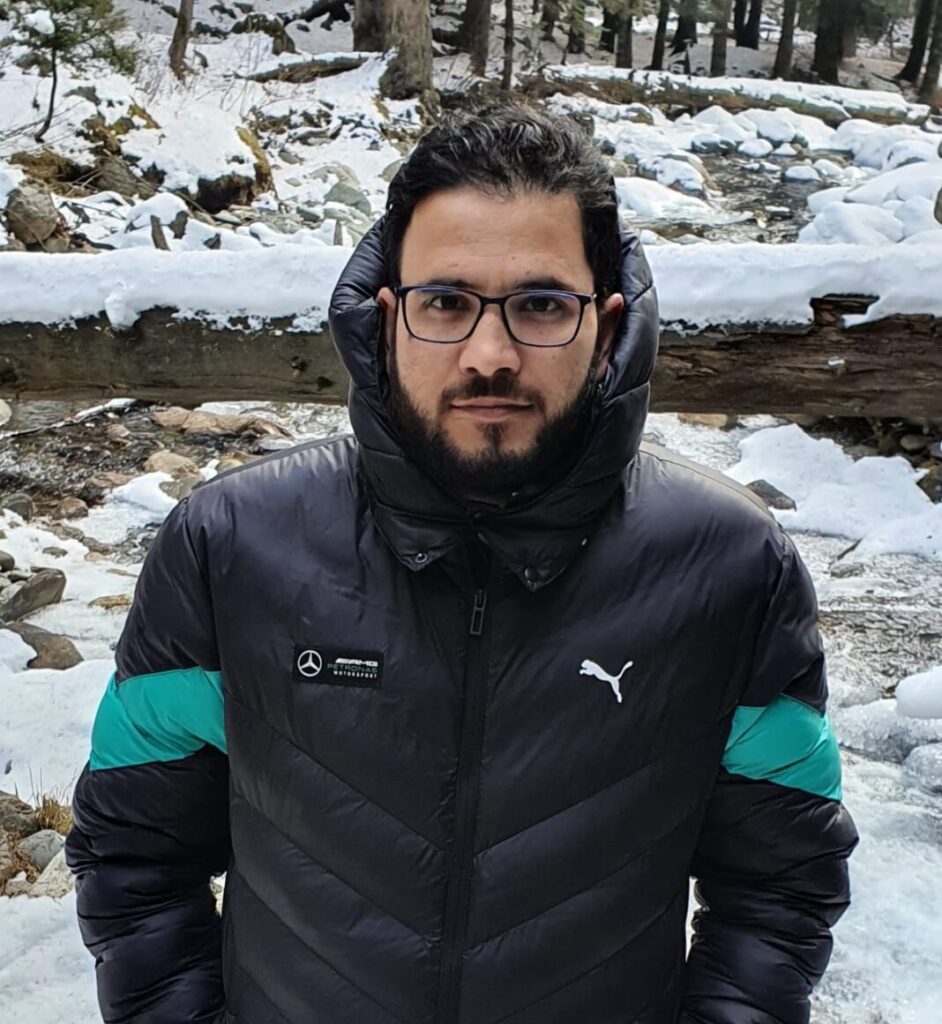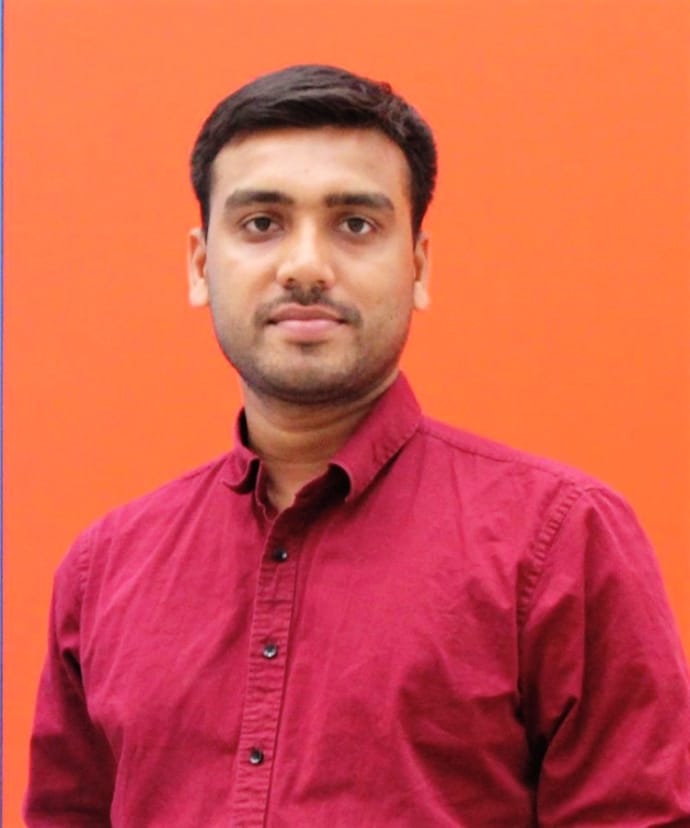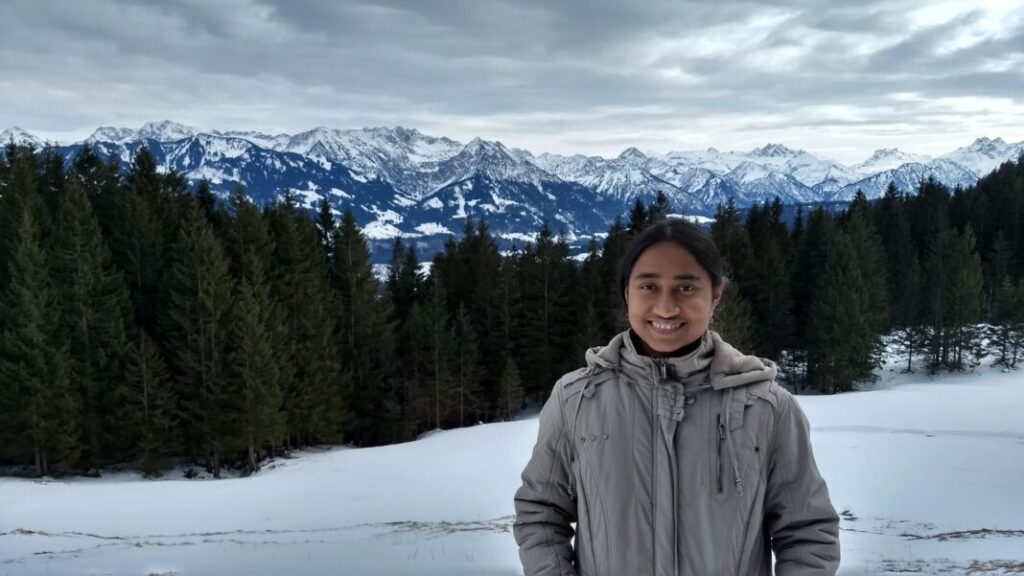Bhopal, MADHYA PRADESH :
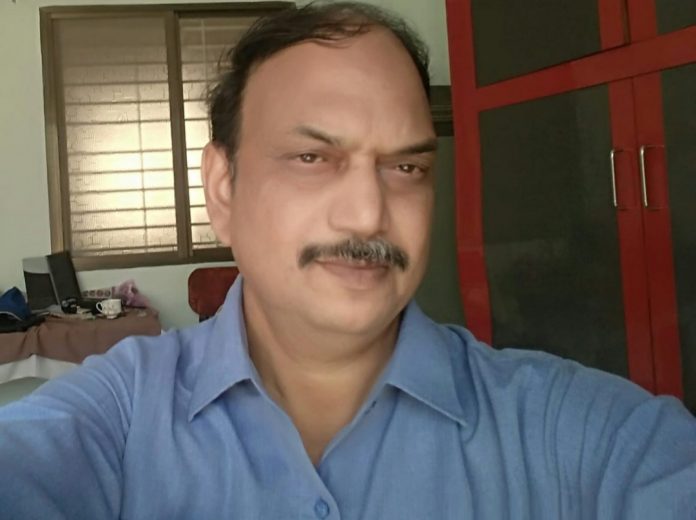
Relative Motion is redefined; New Transformation Laws Determined.
Bhopal:
Bhopal-based Scientist Mohammad Javed Khilji making forays into established scientific theories to make amends has made the latest breakthrough which reveals that the relative motion violates conservation laws of Kinetic Energy.
Javed Khilji, an independent researcher dedicated to original researches, is working on yet another concept of Relativity to find out if the constancy of speed of light is region-dependent in interstellar distances. He has to his credit of having challenged Einstein’s Relativity Theory in the past more than a decade ago. He has been placed in the list of IBC (International Biographical Centre, Cambridge) top 100 scientists (2014).
The BP International published Javed’s latest research paper in the most recent book titled as: “New Trends in Physical Science Research Vol.7” (https://doi.org/10.9734/bpi/ntpsr/v7/3262A) in July 2022 as the 13th chapter of the book which is headlined as: “jk Transformation Laws of coordinates and composition of velocities”. The paper cracked the case of experimental verification that shows the existing relative motion is the serious violation of laws of conservation of kinetic energy. The author claims his defined relative motion in the book chapter is found to be correct to the degree of millionth part of decimal accuracy.
While the author’s published paper “Modified Transformation Laws of Coordinates and Composition of Velocities”, in International Journal of Advanced Astronomy in 2017 (doi:10.14419/ijaa.v5i1.7385) was selected as a book chapter by BP international. However, the credit of experimental proof goes to book chapter and not to the published paper. The book chapter is intended for researchers, students and scientists to provide a right direction of the future researches in real time because Galilean, Lorentz or post Lorentz researches in transformation laws have existed in relative motion based researches.
In fact, Javed had re-defined relative motion in 2011 in his research paper “Intrinsic Laws of Motion are Invariant” published in Physics Essays (DOI: 10.4006/1.3660803). Then the author was trying to add relativistic framework to his core concept which was kinematic based research paper titled “Modified Field Theory” published after a year-long review in 2004 in a peer reviewed US-based International Journal of Theoretics in its vol. 6-6. Therein, he made corrections to Einstein’s mass velocity relation resolving infinity that occurs at c (the light of speed). The outcome was transformation of matter into energetic photon at c, but not infinity.
Change dynamics of modern science
Javed Khilji’s Transformation laws will change the dynamics of the modern science. Sir Galileo, the pioneer of modern relativity in 1600, later in his honour (in 1800) Galilean equations were determined, but soon after in 1899 Lorentz revolutionized the Transformation laws which are still valid today. However, Javed after re-defining the relative motion determined his own transformation laws in 2017 in his research paper, which now is a book chapter. So, he is making his own legacy of both of relative motion and of transformation laws. It is his solo efforts without any national, international, NGO or institutional support. He is not financially sound but is determined to pursue his passion for research.
It must be noted that Javed Khilji’s achievements are of no mean nature but nation’s assets which should not go abegging. So, NGOs, TFIR and Azeem Premji Research Foundation should come forward to support him. He should be awarded with some suitable national award prior he is awarded by international community.
It may be pointed out here that the researcher had contacted Central government in 2007 but there was no response from the government side which upset him. However, he praises the present setup as in 2018 when he had an invitation to present his work in Istanbul, in an international conference on relativity. Then he had written to Prime Minister Office (PMO), seeking financial support for to and fro and stay expenses in Istanbul. He had then received prompt reply saying that his case has been referred to the Chief Secretary of Govt. of Madhya Pradesh. However, as then the state assembly elections were on, his application could not see light of the day and his visit to Istanbul did not materialize.
Meanwhile, Javed’s work received the maiden recognition in the year 2004 when two of his research papers “Multi Foci Closed Curves” and “Modified Field Theory” were published in the peer reviewed journal “International Journal of Theoretics”. The first paper relates to discovery of unique curves with non-collinear foci and relative focal distances finding their similarity to curve like ellipse with all mechanical justifications. His study underlines significance in Nuclear, Space and Bio-Science. His other paper has brought about a conceptual change in Special Relativity.
Media coverage
Meanwhile, media coverage at local and national level attracted Saudi Arabia’s International newspaper Arab News, which flashed the news “Indian Scientist Challenges Einstein’s Relativity Theory” in its 11th January, 2006 edition.
While contemporary Jiwaji University Vice Chancellor and nominee for the Noble prize in 1997 on Condensed matter physics, Prof. Satya Prakash had commented that Javed Khilji presented Einstein’s mass velocity relation in a very interesting way and attempted to explain two converse processes simultaneously within a process. Prof. Zafar Ahsan, contemporary Head of Mathematics Department of Aligarh Muslim University (AMU), recipient of International Einstein Award 2011 has appreciated author’s work in “Intrinsic Laws of Motion are Invariant”.
Experimental verification in the book chapter further strengthens the line of thought that Javed adopted since 2004. The new findings supports the growth in mass of the object at higher velocities but rejects infinity to occur at c (light-speed) instead it shows transformation of matter into energetic photons giving a clue to the birth of gamma rays of different wavelengths and also of GRBs (Gamma Ray Bursts).
New concept
A new concept of flexible acceleration at light-speed tells us why light ray show wave like property, existing concept of zero acceleration makes the ray as a rigid rod, which cannot exhibit reflection, refraction, interference, scattering, dispersion and deviation etc.
Now, few words about the author Mohammad Javed Khilji who has made the above break-though. He shifted to Bhopal from Gwalior two years back. He is an independent researcher with Masters Degrees in Computer Science and Physics. He is engaged in fundamental and original research work in the field of Relativity and Geometry leading to bring about a conceptual change in the basic researches available hitherto.
source: http://www.muslimmirror.com / Muslim Mirror / Home> Sci-Tech / by Pervez Bari / September 14th, 2022

